10 Piano Solos To Learn At Every Level
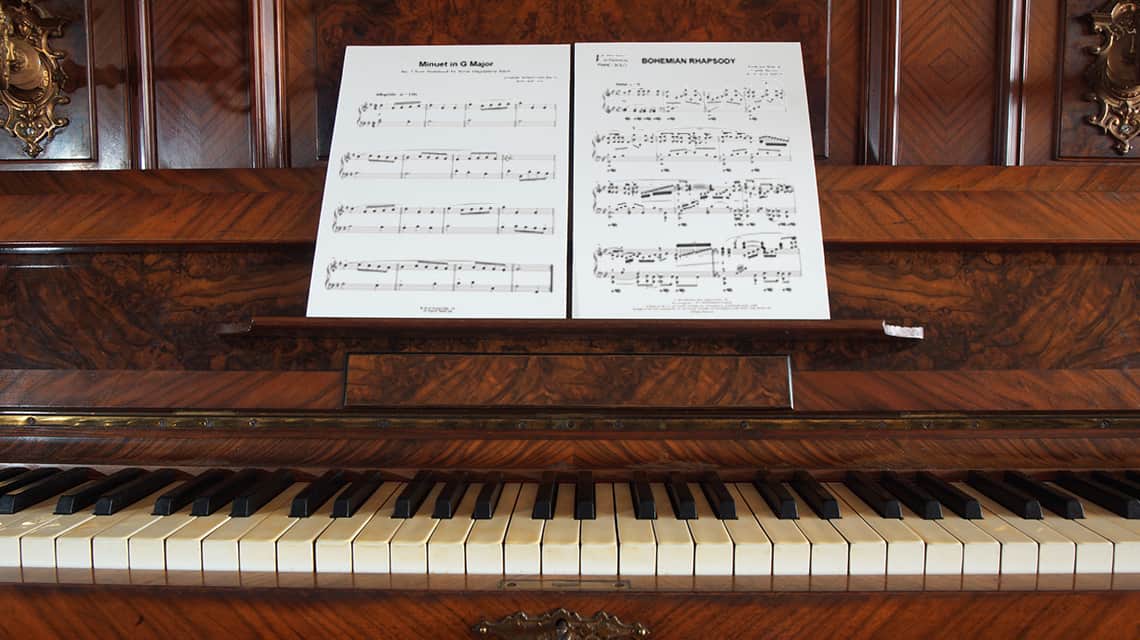
It’s always exciting to jump in with new sheet music to learn a new piece of music. With so many options out there, it can be hard to narrow down what to play next.
We’ve done the hard part for you and found 10 awesome piano solos for every level – easy, intermediate and advanced. For each level, you’ll find 5 popular arrangements as well as 5 classics. There’s something for everyone!
Easy
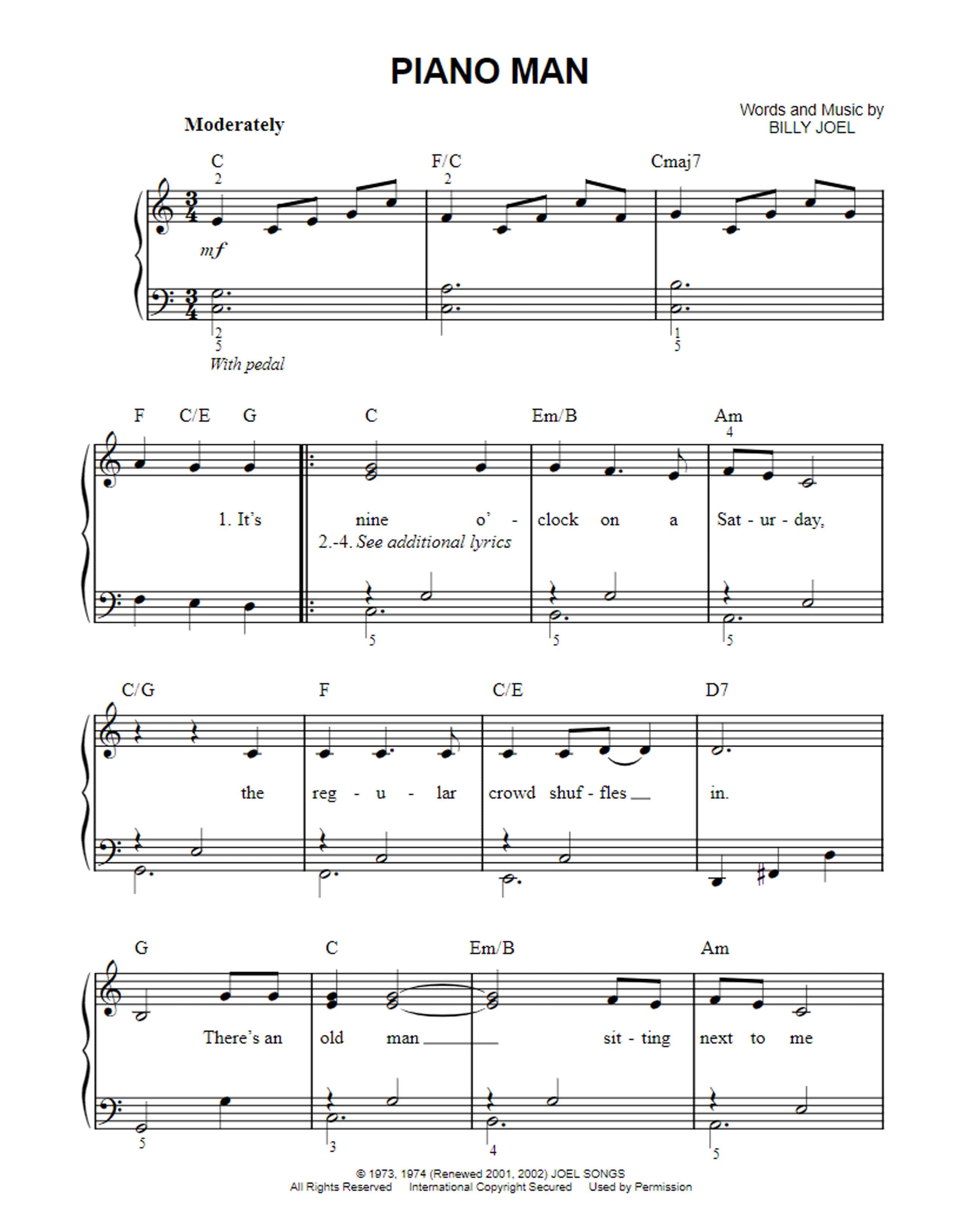

1. “Piano Man” by Billy Joel
This simple arrangement of “Piano Man” will get you playing that favorite Billy Joel tune in no time. It reads easy in the key of C. The right hand covers the melody and the left hand plays single bass notes throughout the whole song. It’s 4 pages long, but very doable for pianists just starting out.
2. “Let It Be” by The Beatles
Here’s another easy C Major piece to read. Once again, you’ll find the melody line in the right hand with single bass notes in the left hand.
3. “Star Wars (Main Theme)” by John Williams
There are so many arrangements of this commonly requested song. It can be really hard to find a version suitable for beginners. This arrangement focuses on sharing the melodic line between both hands, so you’ll learn the most familiar parts of the music with a fairly small range of notes.
4. “Blinding Lights” by The Weeknd
This song is full of catchy riffs. This is a longer arrangement at 6 pages long, but the good news is that there is tons of repetition throughout the song. The right hand covers the melody line while the left hand plays chord shells.
5. “Sweet Caroline” by Neil Diamond
Everyone loves hearing this song! In this arrangement, the left hand drives the music rhythmically with steady quarter note intervals while the right hand fills in that beloved melody.
6. “Canon in D” by Pachelbel
This is a piece that everyone loves to play, but it can be hard to find just the right version. Most arrangements start off fairly simple and quickly evolve into a jumble of big chords and sixteenth notes. This 2-page arrangement keeps consistent quarter and eighth notes flowing throughout. You’ll get familiar with Pachelbel’s repeating bass line in the left hand while the right hand plays a simplified melodic line.
7. “The Sick Doll” by Tchaikovsky
This beautiful, melancholy piece is a great chance to dive deeper into a classic without getting too complex. While the notes remain fairly simple throughout the piece, there are many chances to observe details such as phrasing, voicing, dynamics and expressions.
8. “Minuet in G Major” by Bach
Bach’s music is generally not considered easy, but this Minuet is a great starting point. It’s one the most familiar pieces attributed to him, so you’ve probably heard it before. Start with hands separate and slowly work towards playing them together.
9. “Country Dance in D Major” by Beethoven
This one-page piece is a great introduction to Beethoven’s music. Be sure to familiarize yourself with the D scale and get comfortable playing with 2 sharps, F-sharp and C-sharp, before you begin. The right hand has running eighth notes against chords in the left hand. Definitely do some hands separate practicing to get comfortable with the right hand fingering and the left hand chords.
10. “Dance No. 5” by Bartók
As a teacher, Bartók wrote volumes of music specifically for beginners. His music is often based on Hungarian folk tunes and is full of musical surprises. This Dance is fairly straight-forward, but you’ll still find some unusual chords and harmonies in the mix.
Intermediate
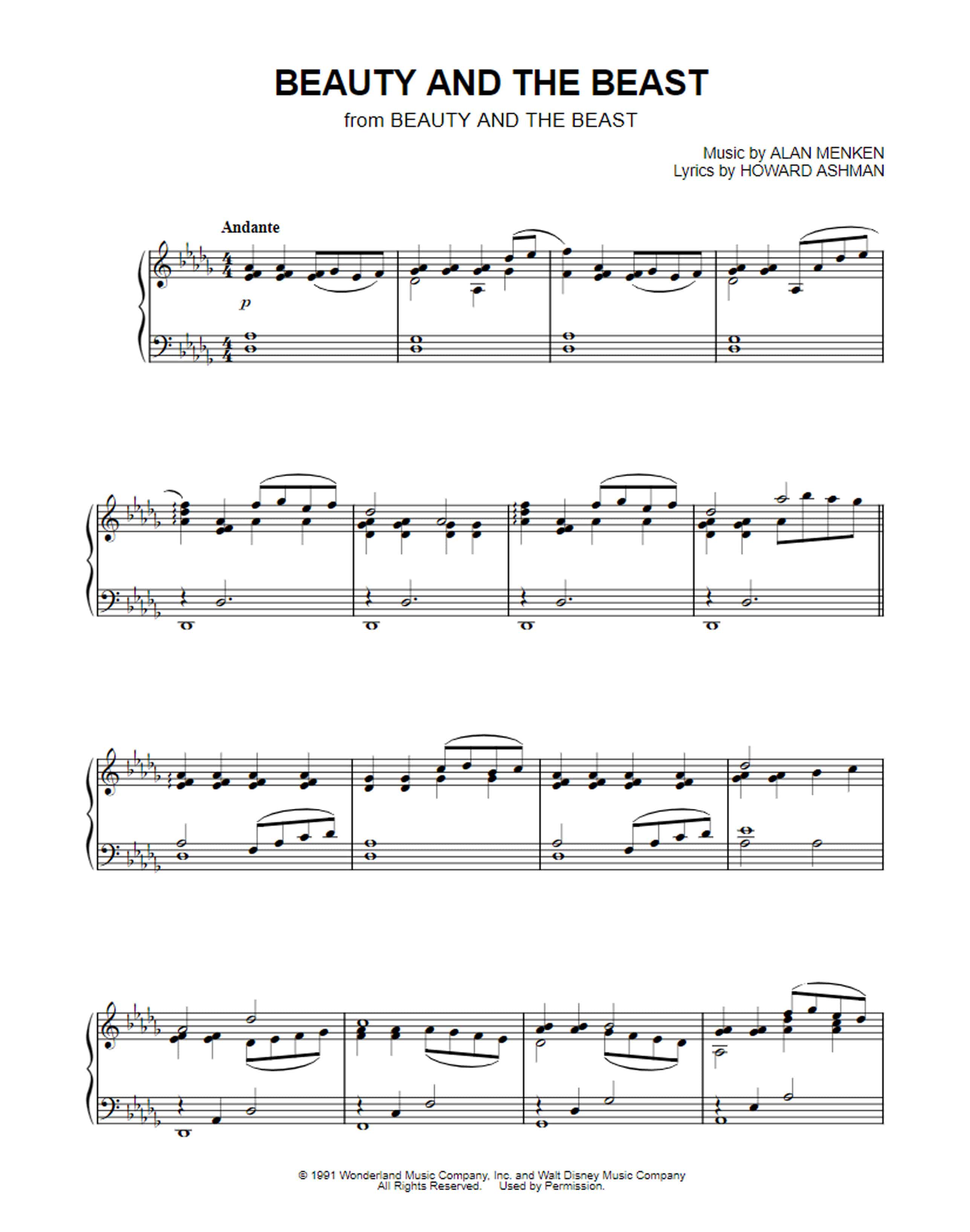
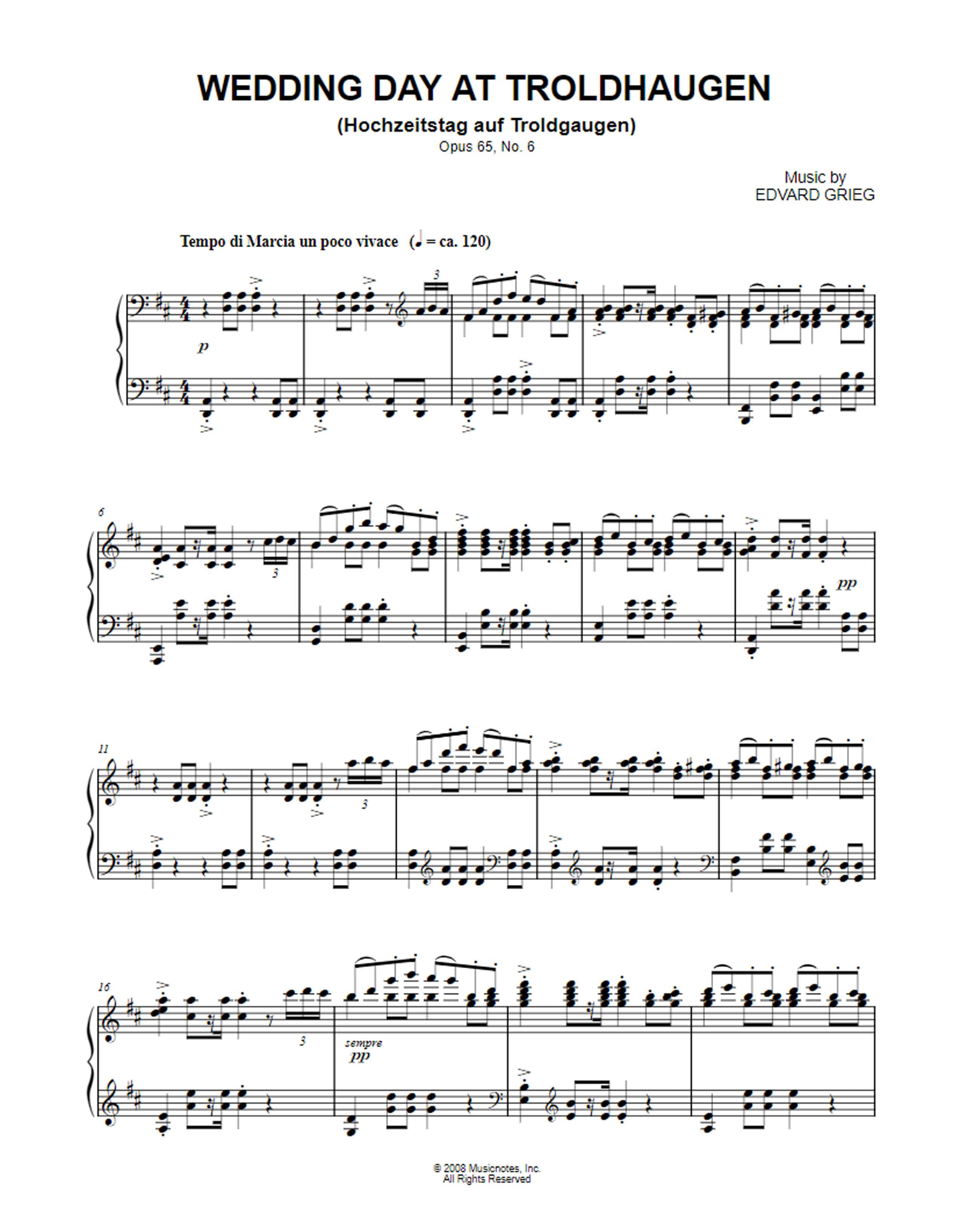
1. “Hallelujah” by Leonard Cohen, arr. Phillip Keveren
Leonard Cohen’s “Hallelujah” is an often-requested song, but many piano arrangements feel clunky or lack musicality. This version by Phillip Keveren is very artistically arranged and flows beautifully on the piano. Most of the piece is in C Major, but the shift to A-flat Major towards the end adds just enough challenge.
2. “River Flows in You” by Yiruma
It’s time to check this crowd-pleaser off your bucket list! This is a beautiful piece that definitely plays easier than it looks. It is full of patterns and memorable motives that return over and over throughout the piece. Measure 5 can be tricky at first, but work through it slowly to coordinate your hands and the piece will start moving along more easily after that measure.
3. “Beauty and the Beast” by Alan Menken
This song is a good chance to practice reading in flat key signatures – first D-flat Major, then E-flat Major. There are also plenty of opportunities to practice voicing and balance to bring out the melody against the consistent chords and inner harmonies.
4. “You Raise Me Up” by Josh Groban, arr. Dietmar Steinhauer
There are a lot of complicated arrangements of this song around, but this version is very accessible for intermediate pianists. There are moments where the texture is fairly thin and you can probably sight read easily, but other times, you’ll want to separate the hands to master the flowing sixteenth notes in the left hand and the bigger octave chords in the right.
5. “Cristofori’s Dream” by David Lanz
Don’t let the length of this piece intimidate you. Several of the 9 pages include a lot of repetitive material that slowly develops over the course of the piece. There are many beautiful moments in the middle of this piece that make the slow, dramatic build-up worth the wait.
6. “Gymnopédie No. 1” by Satie
This is a definitely a great piece to study as you are ramping up your piano repertoire. While the notes aren’t terribly difficult to learn, there are many lovely details to incorporate into your playing that make this music a bit harder than it appears. Pay close attention to which notes you should play out more strongly and which ones should sound more hushed and in the background.
7. “Two Part Invention No. 8” by Bach
Approach this piece like a puzzle and you won’t get too frustrated! This is definitely one to practice slowly and measure by measure, but once you work your way to the end, the final results are so satisfying. Keep it slow as you practice and let it organically get faster as you get more comfortable with it.
8. “Sonata in D” by Haydn
This lively Haydn Sonata is a joy to learn and play. It is a great representation of Haydn’s style. The running sixteenth notes tend to fall naturally under your hands and this piece is full of catchy motives and interesting sounds.
9. “Wedding Day at Troldhaugen” by Grieg
Listen to this piece a few times to get to know some of the slightly complex rhythms and the variety of styles present. They might seem complicated at first, but this piece definitely plays easier than it looks once you get going with it.
10. “Girl With the Flaxen Hair” by Debussy
This is a beautiful and very accessible starting point for learning Debussy. This piece is not too long and a really nice exploration of his impressionist style.
Advanced
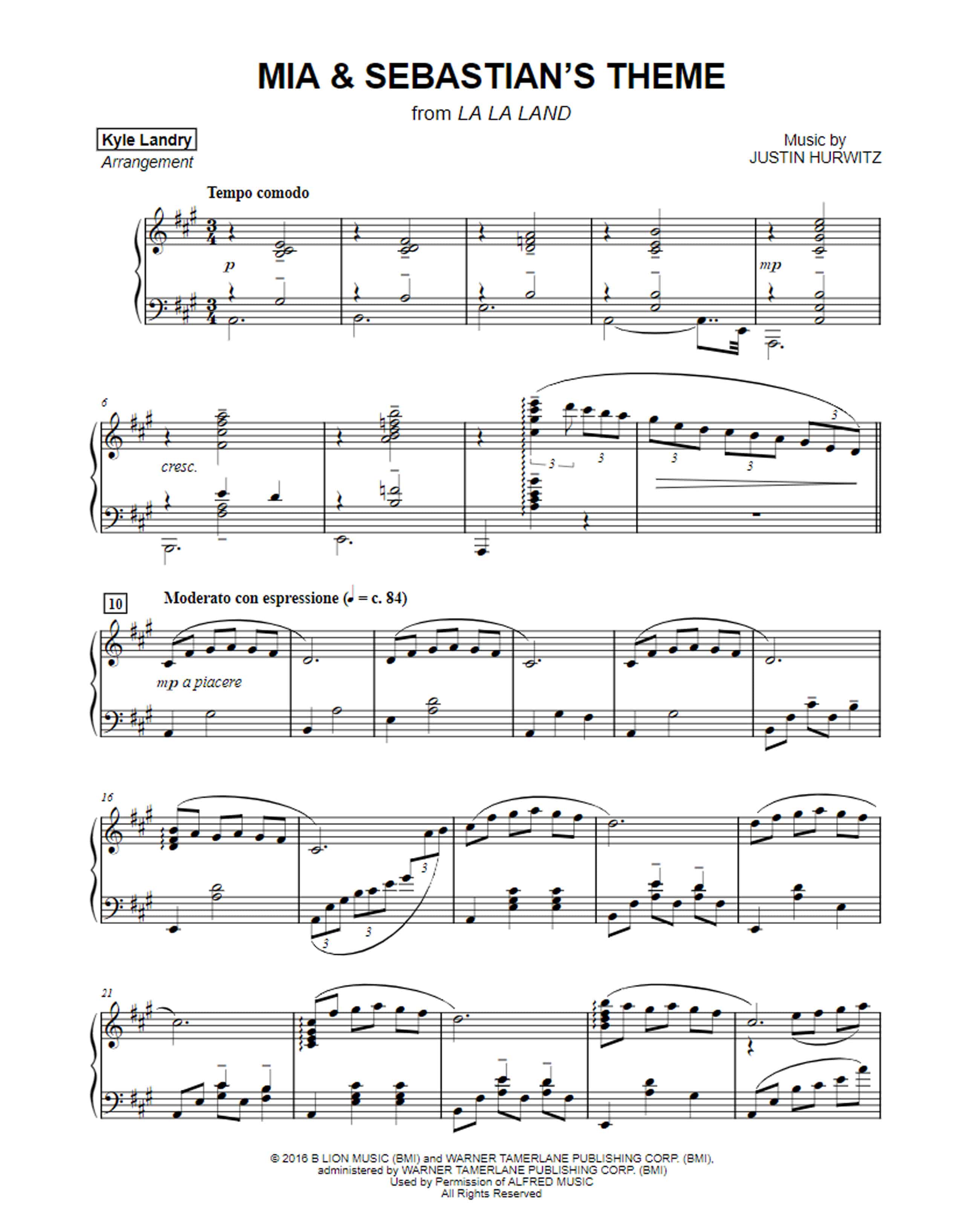
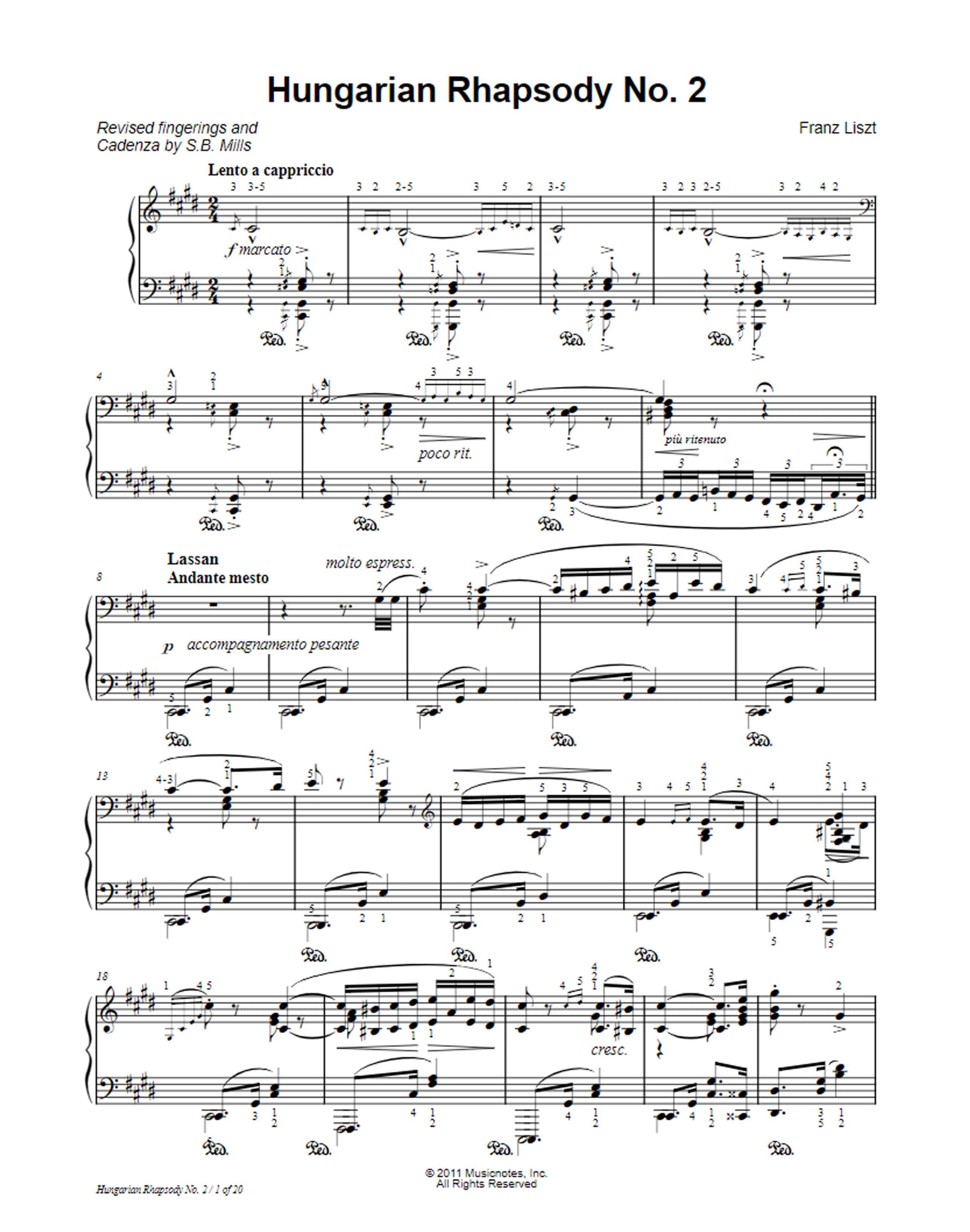
1. “Can’t Help Falling in Love” by Weiss, Peretti, and Creatore, arr. Francesco Parrino
This arrangement is a really beautiful elaboration on such a simple melody. It starts with a flowing eighth note pattern as left hand accompaniment that quickly accelerates into sparkling sixteenth notes that run pretty consistently throughout the rest of the piece. There are plenty of chances to decide which notes to bring out and which notes to keep in the accompaniment.
2. “All of Me” by Jon Schmidt, arr. The Piano Guys
This flashy pieces is always a fun one to explore. There are some unusually placed accents and quick transitions throughout this piece. But, it will be one of your few chances to play the piano with your elbows, so definitely worth trying out.
3. “Hey Jude” by The Beatles, arr. David Osborne
There are plenty of simple arrangements of this beloved Beatles song, but this one is much more virtuosic. A lot of space is filled with fast, showy runs and glissandos. There’s a lot going in this exciting arrangement.
4. “Mia and Sebastian’s Theme” from La La Land, arr. Kyle Landry
Here is another nice elaboration of an otherwise fairly simple tune. This arrangement introduces several more complex rhythms and quicker runs to fill out some of the space between melodic notes.
5. “Bohemian Rhapsody” by Queen, arr. Jarrod Radnich
This is definitely not a simple song to begin with, but Jarrod Radnich’s virtuosic arrangement is full of dramatic details and excitement. If you find yourself getting bored with most pop music arrangements, dig into Jarrod Radnich’s arrangements.
6. “Fantaisie Impromptu” by Chopin
This piece is on many pianists’ bucket lists, and for good reasons! It has so many beautiful and exciting moments. Chopin has packed a lot of detail into a relatively small musical space with this piece. Definitely a piece to keep in your repertoire as you advance.
7. “Preludes 1, 2 and 3” by Gershwin
Gershwin isn’t often the first composer to come to mind when exploring classical works, but his set of 3 preludes is an intriguing mix of Gershwin the classical composer and Gershwin the popular composer. They definitely have a jazzy flair to them and each one is unique and interesting to study.
8. “Fantasia from Chromatic Fantasy and Fugue” by Bach
This piece is not a quick read at 14 pages, but it’s definitely full of some of Bach’s best and most complex music. You’ll find improvisational sections, arpeggiations, running sixteenth and thirty-second notes, big rolled chords and some dramatic harmonies throughout this exciting piece.
9. “Piano Sonata in C ‘Waldstein’” by Beethoven
This piece is undoubtedly one of Beethoven’s most complex and requires a high level of technique. Typical to Beethoven, there is certainly a huge scope of emotions to explore among all 3 movements. This is definitely a piece advancing pianists should strive for.
10. “Hungarian Rhapsody No. 2” by Liszt
This is another piece that many advancing pianists hope to play, and of course you can count on Liszt to deliver with the dramatic, virtuosic flair. There are 2 distinct contrasting sections so that you can experience the full scope of musical intrigue that this piece offers.

